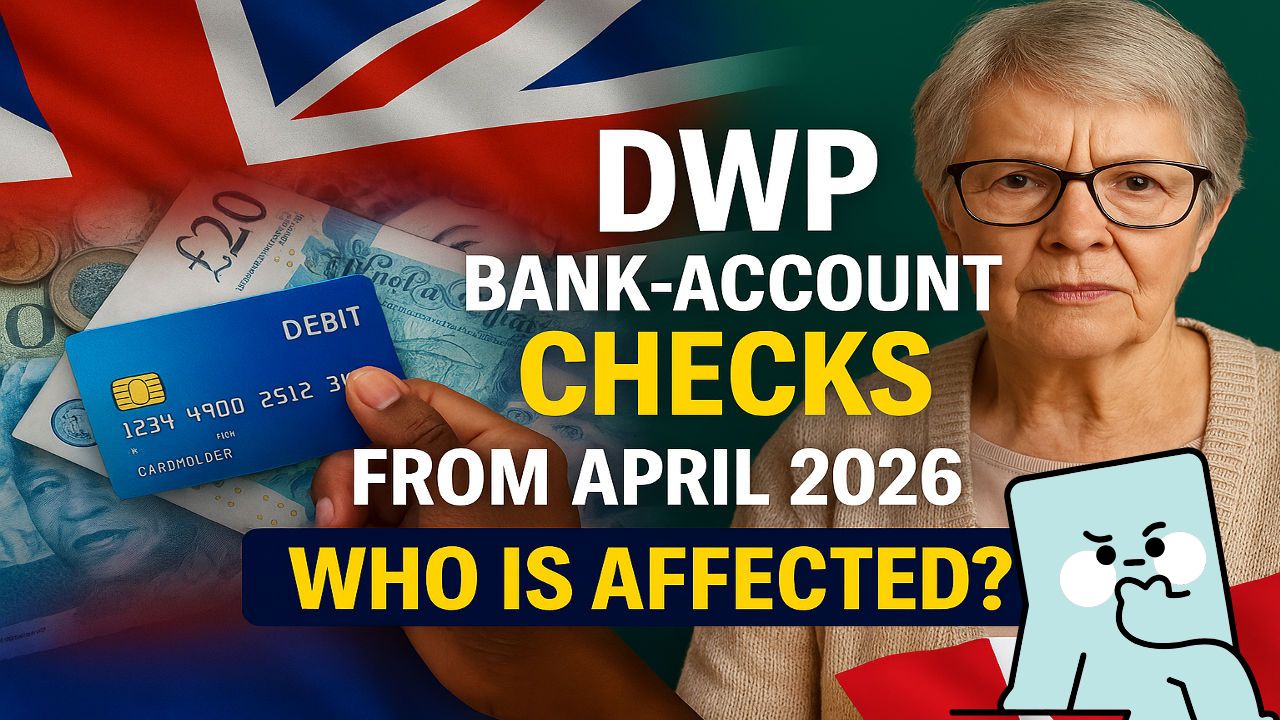The Home Office continues the points-based immigration system and has introduced practical updates to speed up decisions and curb misuse:
- Digital status and verification: Wider use of eVisas and online right-to-work checks.
- Faster lanes for priority roles: Expedited processing for healthcare and other shortage roles.
- Salary benchmarks refreshed: Thresholds aligned with market rates and occupation codes.
- Expanded youth partnerships: More places and partner economies for the Youth Mobility Scheme.
- Tighter employer scrutiny: Stronger checks on sponsorship compliance and job authenticity.
These changes aim to keep the system transparent for applicants while ensuring employers can fill genuine vacancies.
Work in the UK from October 2025 Short Summary
Item |
Details |
|---|---|
Application window |
Open from October 2025 for 2025 work starts |
System |
UK points-based immigration with sponsored and unsponsored routes |
Core routes |
Skilled Worker, Health and Care, Seasonal Worker, Graduate, Youth Mobility, High Potential Individual |
Decision times (typical) |
About 3–8 weeks depending on route and location |
Fees |
Vary by route and duration; healthcare surcharge applies to most routes |
Official site |
Main UK work visa routes for 2025
1) Skilled Worker Visa (sponsored)
For qualified professionals with a confirmed job offer from a licensed UK sponsor. You must meet the skill level, salary threshold, and English language requirements. This route can lead to Indefinite Leave to Remain (ILR) after five years if all criteria are met.
Good for: Engineers, technologists, accountants, teachers, scientists, managers, and many regulated professions.
2) Health and Care Worker Visa (sponsored)
For roles in the NHS, adult social care, and approved private providers. Benefits typically include reduced fees and accelerated processing. English language and sponsorship are required; the Immigration Health Surcharge may be exempt where rules provide.
Good for: Doctors, nurses, allied health professionals, social care workers, and technicians.
3) Seasonal Worker Visa (sponsored)
Temporary route for agriculture and horticulture. Lets you work in the UK for up to six months in eligible roles. Quotas and scheme operators apply; places are increased or adjusted in line with demand.
Good for: Harvesting, crop maintenance, and related farm roles.
4) Graduate Visa (unsponsored)
For international students who have completed an eligible UK degree. Work or job-hunt for up to two years (three for PhD). You can switch in-country to Skilled Worker once you secure sponsorship.
Good for: Recent graduates building UK experience before moving to a sponsored role.
5) Youth Mobility Scheme (unsponsored)
For young people from partner economies, typically aged 18–30 (some up to 35 depending on agreements) to live and work in the UK for up to two years.
Good for: Early-career professionals seeking UK exposure without sponsorship.
6) High Potential Individual (HPI) Visa (unsponsored)
For graduates from eligible global universities. No job offer required to enter; work, job-hunt, or start a venture. Switching to a sponsored route later is possible.
Good for: High-achieving graduates wanting immediate UK labour market access.
Eligibility checklist (core themes)
- Sponsorship (where required): Valid Certificate of Sponsorship (CoS) from a licensed employer.
- English language: Evidence via an approved test (e.g., IELTS) or exempt qualifications/nationalities.
- Salary and skill level: Meet the route’s specified occupation code and pay thresholds.
- Maintenance: Proof of funds (unless exempt through A-rated sponsor certification).
- Compliance history: Clean immigration and criminal record where required; TB screening for nationals of listed countries.
- Points total: Most sponsored routes require 70 points, combining sponsorship, skill level, English, salary, and tradable elements (e.g., shortage roles, PhD in a relevant field).
Documents you should prepare
- Passport (valid for the required period)
- Certificate of Sponsorship reference (sponsored routes)
- Proof of English (test certificate or qualifying document)
- Bank statements or maintenance certification from sponsor
- TB test results (if applicable)
- Qualifications and professional registrations (if required by the role)
- Civil documents for dependants (marriage/birth certificates)
- Employer letter and job description matching the occupation code
How to apply step by step
- Choose the correct route on the official site and read the guidance for that visa.
- Create an online application and pay the application fee.
- Pay the Immigration Health Surcharge if your route requires it.
- Upload documents and complete the UKVCAS or overseas Visa Application Centre steps.
- Provide biometrics (photo and fingerprints) or use the UK Immigration: ID Check app if eligible.
- Attend any requested interview or provide extra evidence if asked.
- Wait for a decision: typical timelines are about 3–8 weeks (faster for some healthcare roles).
- Receive your eVisa or entry clearance; collect a BRP if instructed after arrival.
- Start work only in the role and conditions stated on your visa.
Fees, health surcharge, and timings
- Visa fees: Depend on route, role, and duration. Sponsored work routes are banded by length of stay.
- Immigration Health Surcharge (IHS): Payable per year for most routes; Health and Care may be exempt where policy provides.
- Decision times:
- Health and Care Worker: often faster tracks available
- Skilled Worker: around 3–4 weeks from outside the UK
- Seasonal Worker: expedited within scheme windows
- Graduate, HPI, Youth Mobility: usually 3–8 weeks
Always check current fees and service standards on GOV.UK before applying.
Sectors with strong hiring demand in 2025
- Healthcare and social care
- Construction and engineering
- Digital, data, and software
- Education and early years
- Agriculture and food production
- Logistics and supply chain
- Finance, audit, and risk
Target roles listed as shortage occupations or on priority lists often benefit from tradable points and quicker decisions.
Common reasons for refusal (and how to avoid them)
- Incorrect occupation code or salary: Match the role to the correct code, evidence contracted pay, and meet thresholds.
- Missing documents: Upload clear, legible scans with official translations where required.
- English language proof errors: Book tests early; ensure test providers are approved.
- Unlicensed or non-compliant sponsor: Confirm your employer’s sponsor licence status.
- Inconsistent information: Ensure job details, CoS, and application answers align.
Dependants and family members
Most work routes allow dependants (partner and children under 18) if you demonstrate additional maintenance and meet relationship evidence standards. Dependants can work and study subject to route rules.
After approval: living and working in the UK
- Start work for your sponsoring employer and keep to the conditions stated on your visa.
- Keep records: payslips, contracts, proof of address, and immigration letters for future extensions and ILR.
- Switching and extension: You may switch in-country to another qualifying route if you meet requirements.
- Settlement pathway: Many sponsored workers can apply for ILR after five years if eligibility (salary, absences, lawful residence) is met.
Frequently asked questions
1) Do I need a job offer to apply?
For Skilled Worker and Health and Care, yes you need a licensed sponsor and a CoS. Routes like Graduate, Youth Mobility, and HPI do not require a job offer to enter.
2) How many points do I need?
Most sponsored routes require 70 points, combining sponsorship, skill level, English, salary, and tradable elements such as shortage occupation or relevant PhD.
3) Can I bring my family?
Generally yes, for sponsored work routes and many unsponsored routes, if you meet maintenance and relationship requirements.
4) How soon can I get a decision?
Typical decisions run 3–8 weeks. Some routes and countries offer priority services for a fee.
5) Can I change employers?
You need a new CoS and must update your visa before starting with a different sponsor, unless your route permits otherwise.
6) What happens if my application is refused?
You may have administrative review rights or can reapply with corrected evidence, depending on the reason.
Bottom line
With applications open from October 2025, prepare early: choose the right route, confirm your sponsor’s licence, meet salary and English requirements, gather documents, and apply via GOV.UK. If you target priority sectors and submit a complete, consistent file, you can maximise your chances of a fast decision and a confident start to your UK career.
For More Information Click HERE













